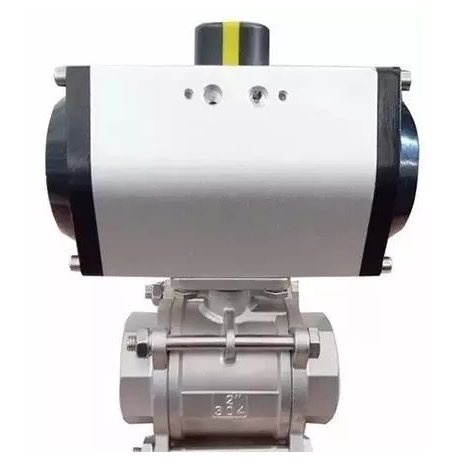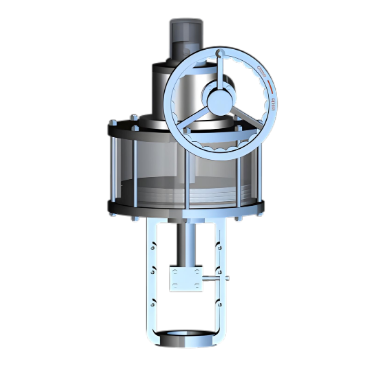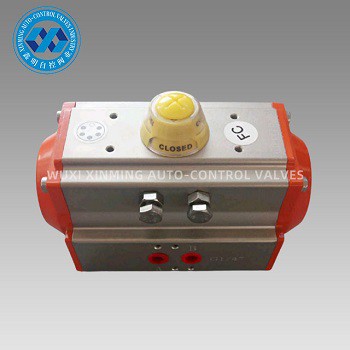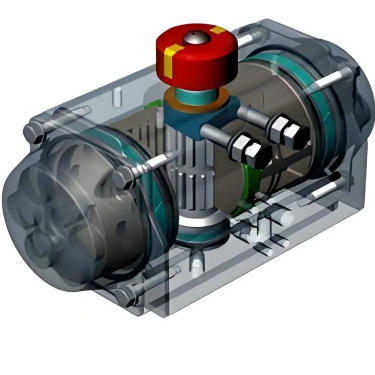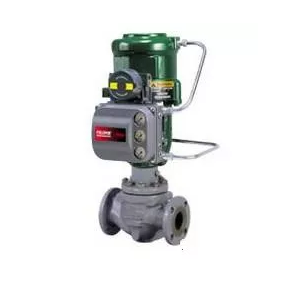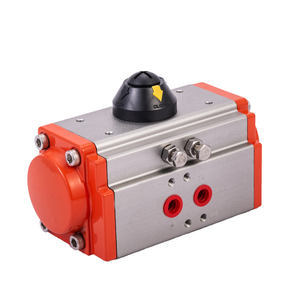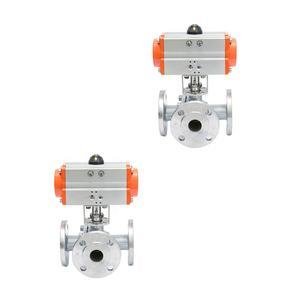Pneumatic air actuators offer a significant
advantage in that their force output can be precisely adjusted by altering the
air pressure supplied to them. This characteristic makes them highly adaptable
to various industrial applications.
The force generated by a pneumatic air
actuator is directly proportional to the air pressure within its chamber. When
higher air pressure is introduced, it exerts a greater push on the piston or
diaphragm inside the actuator, resulting in increased force output. Conversely,
reducing the air pressure decreases the force. For instance, in applications
where gentle handling of delicate components is required, lower air pressure
settings can be used to ensure the actuator applies just the right amount of
force.
This adjustability is achieved through the
use of control valves. Pressure regulators can fine - tune the air pressure
before it enters the actuator, while directional control valves manage the flow
of air to precisely control the actuator's movement and force. Industries such
as manufacturing, food processing, and pharmaceuticals benefit greatly from
this feature. It allows them to optimize the performance of pneumatic air
actuators according to specific operational needs, enhancing efficiency and
reducing the risk of damage to products or equipment.
If you want to learn more about low-priced products, please visit the following website: www.xm-valveactuator.com


